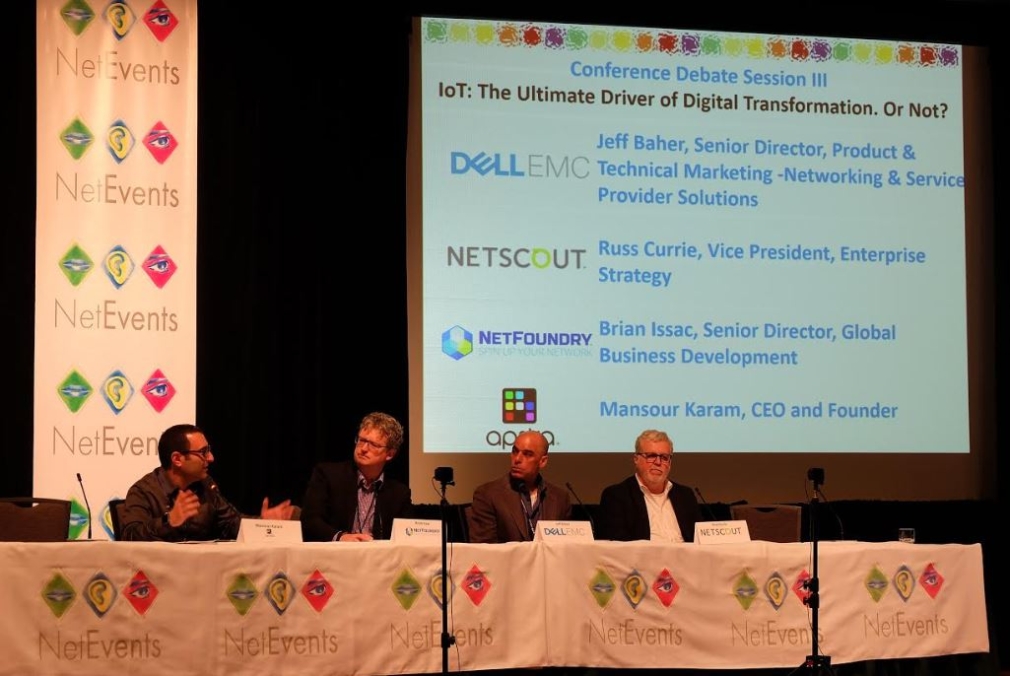
Is IoT the ultimate driver of digital transformation?
Pick a market sector and the Internet of Things is present: manufacturing, smart cities, retail, transportation, healthcare, education.
IoT is a massive area using real-time connectivity, data analytics, and business applications, business managers are looking to improve customer experience and business efficiency using IoT tools. So how is this going to transform business--will there be more functionality for consumers, will big and smart data help them improve operations?
Predictive data analytics is one of the benefits for businesses wherein companies use data collection and analytics to provide foreseeable capabilities about products and customers. IoT can also assist in digital supply chain wherein they use real-time data to predict outcomes. Some of the real-world digital transformation examples are Rockwell Automation that collects device data from industrial devices and analyzes data in the cloud. Southern Company is another example, an energy provider that builds real-time tracking, enhancing strom recovery and customer service. Qualcomm also uses it in bringing C-V2X vehicle to vehicle communications standard. Even cocktail mixing is part of the trend now as German firm Keith & Koep released a cocktail booster, an automated cocktail mixer connected to Microsoft Azure IoT Cloud with 60 different ingredients and targets making a cocktail in just six seconds.
These were fleshed out in a conference debate chaired by Scott Raynovich, principal analyst, Futuriom, at the NetEvents Global Press & Analyst Summit held in Dolce Hayes Mansion, San Jose, California. How comfortable are businesses in leveraging and maximizing the internet to improve operations?
Mansour Karam, CEO and founder of Apstra, with new software-based techniques said that one has to rethink the use of IoT in running businesses because until and unless their systems and business models are ready for the massive amount of data that’s about to come in, they will not be able to maximize the potential of this revolution. “Some are just too excited to jump in on the wagon and tell customers, ‘Hey we are using today’s latest technology’ without realising they may be setting themselves up for an embarrassment or worse, failure,” he added.
Brian Issac, senior director, global business development of NetFoundry, concurred, saying that this is a very complex issue and as an industry player, participants are looking at a highly connected network of over 3 million devices. The issue now, he said, is determining what the best practices are , and how businesses can work together with a massive connection in their hands. “As Mansour previously said, excitement may fuel a jump but companies have not really come together to come up with standard practices,” Issac explained.
With the multiple desktops, chips, and networks companies are now forced to deal with, are they currently responsible enough to make IoT work well for businesses? Jeff Baher, senior director, product & technical marketing-networking & service provider solutions, Dell EMC said that some enterprises have come forward to take the lead in responsibility handling and ensuring that data is secured, but he claimed that there’s still a long way to go.
Russ Currie, vice president, enterprise strategy of NetScout, concluded, “We have so much information coming to us, and just this morning one of our customers came to us saying that they have too much information to deal with, and this becomes an issue to businesses. How do we normalize this without losing the value of big data just because there were too much of them coming in?”
























 Advertise
Advertise






